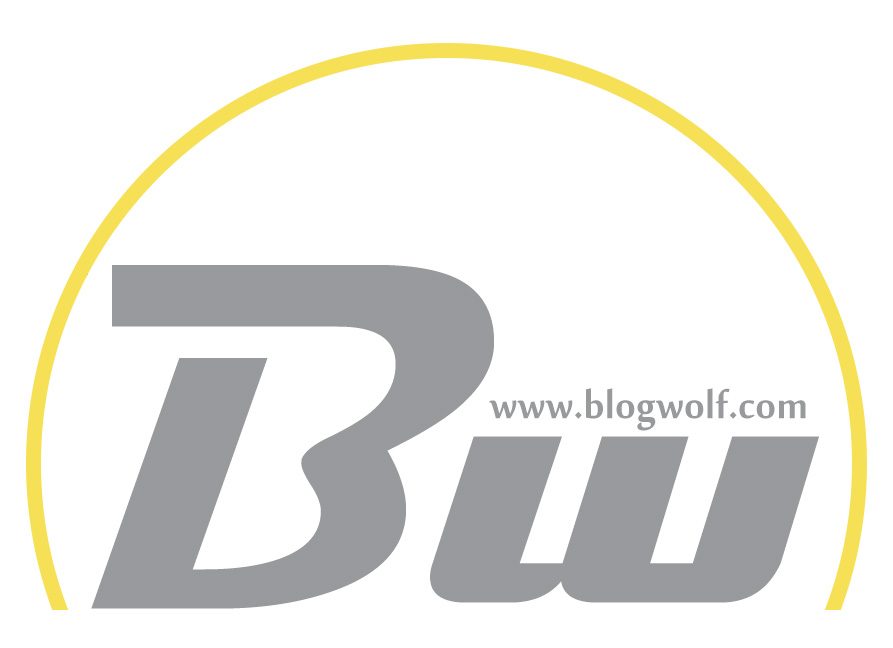Webinars have quickly become one of the most popular ways to engage with audiences around the world. Whether it’s for marketing, education, or entertainment, these digital events are a great way to reach a wide range of potential customers and partners. But in order to ensure that your webinar runs smoothly, you need the best software platform. To help you out, we’ve created a list of the top 7 webinar software platforms for 2021 and their respective pros & cons. Read on to learn more about what each platform can offer you and which one is best suited for your needs.

1. WebinarJam
WebinarJam is one of the most popular webinar platforms on the market. It’s known for its reliability and ease of use. WebinarJam has a number of features that make it a great choice for webinars, including:
- The ability to host large webinars with up to 500 participants
- A variety of features to engage participants, including polls, Q&A, and chat
- Integrations with popular email marketing and CRM platforms
- Webinar recording and playback
Pros:
- Reliable and easy to use
- Good selection of features
- Can host large webinars
- Recording and playback available
Cons:
- More expensive than some other options
- No mobile app
2. GoToWebinar
GoToWebinar is one of the most popular webinar platforms on the market. It’s easy to use and has a lot of features, making it a good choice for businesses of all sizes.
Pros:
- User-friendly interface
- Customizable registration forms
- Automated email reminders
- Toll-free audio conferencing
- HD video quality
Cons:
- Limited branding options
- No live chat support
3. Demio
Demio is webinar software that’s known for its ease of use. You don’t need any special skills or knowledge to use Demio – it’s designed to be user-friendly from the start. That said, it’s still a powerful tool, with features like automatic email reminders, live chat, and screen sharing.
One of the main advantages of Demio is its pricing model. Unlike some other webinar platforms, Demio doesn’t charge you per-attendee. Instead, you pay a monthly fee based on the number of webinars you host. This makes it more affordable if you plan on running a lot of webinars, or if you have a large audience.
Another benefit of Demio is its reliability. The platform is built on Amazon Web Services, so you can be confident that your webinars will always run smoothly. And if there are ever any technical issues, Demio’s customer support team is quick to respond and resolve them.
4. EasyWebinar
Webinars are a great way to connect with your audience and deliver high-quality content. But, with so many webinar software platforms out there, it can be tough to choose the right one for your needs. To help you make the best decision, we’ve put together a list of the best webinar software platforms, complete with their pros and cons. EasyWebinar is one of the most popular webinar software platforms on the market. It’s easy to use and comes with a variety of features, making it a great choice for businesses of all sizes.
Pros:
- Easy to use interface
- Robust feature set
- Great for businesses of all sizes
- Affordable pricing plans
Cons:
- Some users find the interface confusing
- Limited customer support options
5. ClickMeeting
ClickMeeting is one of the most popular webinar software platforms on the market. It’s known for its ease of use and reliability. Additionally, ClickMeeting offers a number of features that make it a great choice for those looking to host a webinar.
Some of the key features of ClickMeeting include:
- The ability to host an unlimited number of attendees
- A variety of presentation tools
- Webinar recording and playback
- Integrations with major CRM platforms
Pros:
- Easy to use platform
- Reliable
- Great feature set
- Can accommodate a large number of attendees
Cons:
- More expensive than some other options
- No free trial available

6. Adobe Connect
Adobe Connect is a web conferencing platform that offers a variety of features to make online meetings and webinars more engaging. Some of the features include:
- Customizable branding options to make your webinars more professional
- High-quality audio and video for a clear connection
- A variety of collaboration tools, such as screen sharing, chat, and polling
- The ability to record your webinars for later viewing
- Integration with other Adobe products, such as Photoshop and Acrobat
Pros:
Adobe Connect offers a variety of features that can make online meetings and webinars more engaging. The customizable branding options allow you to create a more professional look for your webinars. The high-quality audio and video provide a clear connection between you and your participants. The integration with other Adobe products can be very helpful if you use those products for business purposes.
Cons:
Adobe Connect does require a subscription in order to use all of its features. It also has been known to have some technical difficulties, such as problems with audio or video quality.
7. BigMarker
Pros:
BigMarker is one of the most affordable webinar platforms on the market, with plans starting at just $39/month.
It’s also very easy to use, with a intuitive interface that makes setting up and running your webinars a breeze.
Plus, there are tons of features to help you make the most out of your webinars, including live chat, video conferencing, screen sharing, and more.
Cons:
While BigMarker does offer a free plan, it’s very limited in terms of features and capacity (you can only host up to 100 participants on the free plan).
Additionally, some users have reported technical issues with the platform, such as audio quality problems and difficulty connecting to the audio/video streams.
6. LiveWebinar
LiveWebinar is a high-quality platform for webinars and video events. It offers a cloud-based solution with advanced features such as screen sharing, live video streaming, recording, custom branding, social media broadcasting, and audience engagement analytics. All this makes it a natural choice!

